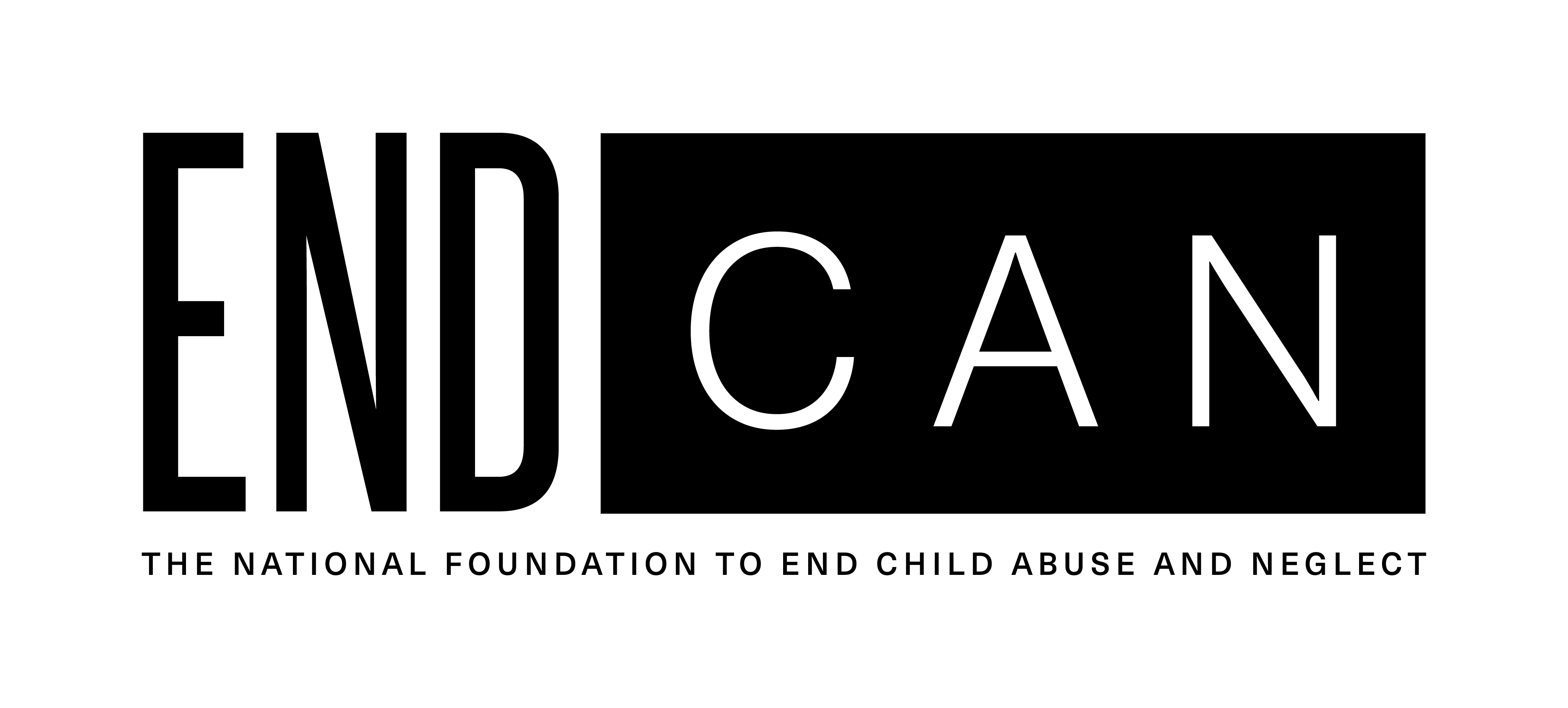
5 Ways to Support LGBTQ+ Youth
By Violet Chazkel and Gabrielle DeWolf
This June, we are commemorating the 53rd year of Pride Month by sharing five ways you can support LGBTQ+ youth. Research shows that LGBTQ+ youth are overrepresented in child welfare systems and continue to experience high levels of discrimination, abuse, and mental health challenges compared to cisgender youth. Whether you are a parent, sibling, teacher, or friend, we hope you take action to ensure all LGBTQ+ youth feel safe, included, and empowered.
1) Respect pronouns
Many people identify with the pronouns they were assigned at birth, but some may request to be addressed with pronouns that do not traditionally align with their assigned gender at birth. Addressing LGBTQ+ youth by using their preferred pronouns that align with their gender identity can significantly positively influence their long-term well-being.
According to a 2020 Trevor Project Research Brief, 1 in 4 LGBTQ+ youth use at least one pronoun that does not adhere to binary notions of gender. Research by the Trevor Project has also shown that youth who are addressed by their preferred pronouns have a 29% decrease in suicidal ideation and a 56% decrease in suicidal behavior. In line with decades of research on health disparities, these findings highlight the disproportionate burden of discrimination and stress transgender, non-binary, and other gender non-conforming youth experience.
To support LGBTQ+ youth, allow people the opportunity to share their pronouns and consistently use their preferred pronouns. Affirming an individual’s choice of pronoun expression, or choice to not use pronouns, is crucial in protecting the health and well-being of LGBTQ+ youth. One way to further ease LGBTQ+ youths’ burden is to introduce yourself with your pronouns when you meet new people and ask for theirs as it can take the pressure of off trans, nonbinary, and gender non-conforming people.
2) Do your own research ????
Educating yourself on LGBTQ+ terms and concepts, news, history, and legal progress is one of the most foundational ways to support LGBTQ+ youths. Take the time to read articles and books, watch documentaries, movies, and television shows, and listen to personal stories of LGBTQ+ youth. Taking the time to learn more about LGBTQ+ youth culture, struggles, movements, and opportunities for igniting change is a great way to check your own biases and privileges and become an active ally.
We recommend you check out the following resources:
????Blog: What Does LGBT Mean? Know the Basics.
- Familiarizing yourself with some key terms and concepts can help you become an ally.
????Movie: Love, Simon
- Everyone deserves a great love story, but for 17-year-old Simon Spier, it’s a little more complicated. He hasn’t told his family or friends that he’s gay, and he doesn’t know the identity of the anonymous classmate that he’s fallen for online. Resolving both issues proves hilarious, terrifying and life changing.
????Book: The Miseducation of Cameron Post by Emily M. Danforth
- Cameron is sent to a religious conversion camp that is supposed to “cure” her homosexuality where she comes face to face with the cost of denying her true identity.
????Documentary: Matt Shepard is a Friend of Mine
- This film explores the life and tragic death of Matthew Shepard, a student in Laramie, WY who was murdered for being gay, through a truly personal lens.
3) Show up️
Showing support for LGBTQ+ youth is an active role. Being an ally means you are willing to consistently show up in support of the LGBTQ+ youth, protect individuals from varying forms of discrimination, and advocate for LGBTQ+ rights.
As human rights activist, Maybe Burke said, “There is a point in advocacy where you need the people who hold the privilege to start the conversation, because otherwise they don’t get heard.” For those in privileged positions, this can manifest as calling out a coworker or family member when they make an offensive comment, spreading awareness on social media, or attending a local event supporting LGBTQ+ rights. Use your voice to let society know that discrimination and bigotry will not be tolerated.
4) Own your mistakes
Most of us have been socialized to view gender through a binary lens. This means that it is likely that you will make mistakes while becoming an ally for the LGBTQ+ youth community. But more importantly than making a mistake is how you handle the mistake, receive feedback, and move forward. Instead of harping on being misinformed or becoming defensive when accidentally using a wrong pronoun or an outdated term, acknowledge that you were incorrect, apologize, and strive to do better in the future.
5) Remember that gender is fluid ️
Gender identity usually starts developing in early childhood and continues to evolve through various social contexts and stages of life. The differing gender and cultural norms can influence gender identity and expression to change over time. Embracing the natural fluidity of gender supports individuals’ exploration of themselves while dismantling potentially harmful expectations. Be there for LGBTQ+ youth by listening and validating their gender fluidity, connecting youth to others with similar experiences, and contributing to gender-affirming actions (using the correct pronouns, hormone therapy, sex reassignment surgery, updating legal identification).
Thank you for taking the time to read five ways you can support LGBTQ+ youth. Please remember that you can make a difference, and we hope you keep celebrating and supporting the LGBTQ+ youth community after Pride Month is over.
